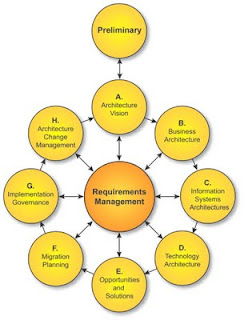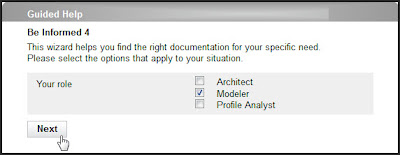From product centric to process centric documentation
The trends in documentation of the past 20 years are under heavy influence of the development of internet technology. Like with the web – where we distinguish between Web 1.0, Web 2.0 and 3.0 - we can see three phases in documentation.
Product centric documentation
The first phase is the phase in which we technical communicators worked with tools like Pagemaker, QuarkXPress or Framemaker.
In this phase we are very much focussed on a single product and there is a constant struggle between task and function based documentation. If our customer needs a manual for a product, we write one – as an isolated process. Our focus is on the product and generic audience groups and not on things like re-use or efficient use of available information. Compare it to the story of the little prince, where the author makes three drawings of a sheep – each sheep could be a version of a product; with us technical communicators writing a separate manual for every version. Sure we see the similarities and do some copy & paste, but basically we still produce separate manuals.
Process centric documentation
With the coming of content management systems our clients no longer ask us to write a manual for one product, but demand us to deliver chuncks of information that can be used for several products and in several media. It’s like the box in the story of the little prince – the sheep you want to see is inside. In this phase the focus went from a strictly product approach to a process centric approch. Re-use seems to be more important that a 100% match with the audience. Creating documentation also becomes a collaborative process for which we use standard tools.
Because of the re-use issue, we need to work with chunks of information – typical functional descriptions because they are easy to isolate. Task based documentation becomes a challenge, although it is still possible to create it by describing standardized processes.
What's next?
The possibilities of semantic technology will give documentation a new impulse, leading to a next phase in documentation: documentation 3.0.
Product centric documentation
The first phase is the phase in which we technical communicators worked with tools like Pagemaker, QuarkXPress or Framemaker.
In this phase we are very much focussed on a single product and there is a constant struggle between task and function based documentation. If our customer needs a manual for a product, we write one – as an isolated process. Our focus is on the product and generic audience groups and not on things like re-use or efficient use of available information. Compare it to the story of the little prince, where the author makes three drawings of a sheep – each sheep could be a version of a product; with us technical communicators writing a separate manual for every version. Sure we see the similarities and do some copy & paste, but basically we still produce separate manuals.
Process centric documentation
With the coming of content management systems our clients no longer ask us to write a manual for one product, but demand us to deliver chuncks of information that can be used for several products and in several media. It’s like the box in the story of the little prince – the sheep you want to see is inside. In this phase the focus went from a strictly product approach to a process centric approch. Re-use seems to be more important that a 100% match with the audience. Creating documentation also becomes a collaborative process for which we use standard tools.
Because of the re-use issue, we need to work with chunks of information – typical functional descriptions because they are easy to isolate. Task based documentation becomes a challenge, although it is still possible to create it by describing standardized processes.
What's next?
The possibilities of semantic technology will give documentation a new impulse, leading to a next phase in documentation: documentation 3.0.


Comments